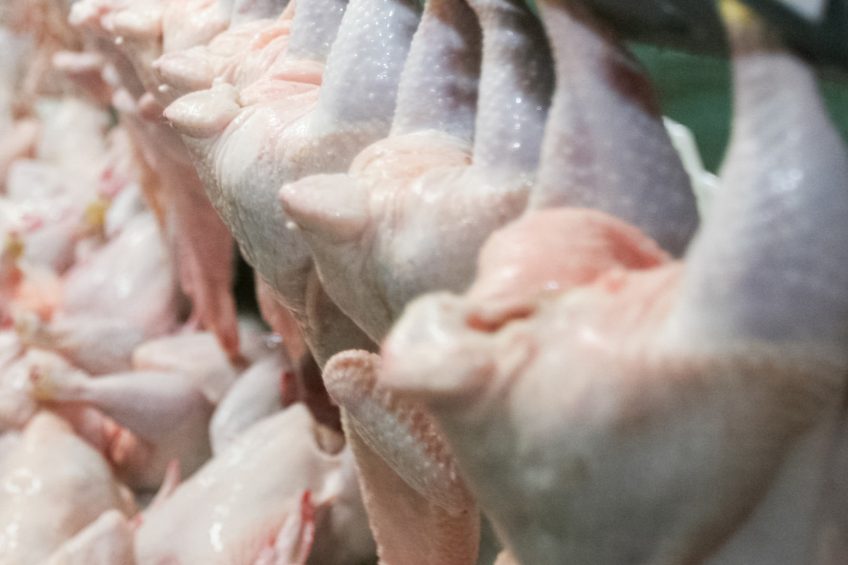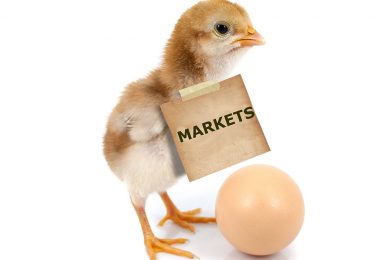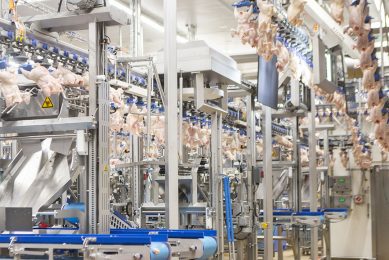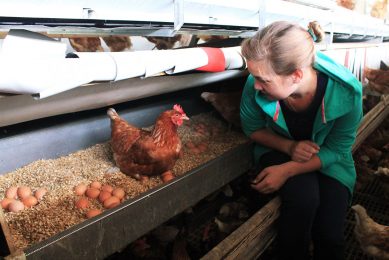Animal protein production growth to continue

Animal protein production across the globe is set to continue next year but there will be increasing competition leading to opportunities for both producers and processors.
The competition will focus primarily in two areas – between the species for share of the consumer wallet – and between exporters for access to import destinations, according to RaboResearch’s Animal Protein Outlook for 2018.
Justin Sherrard, Rabobank animal protein global strategist, said he expected to see animal protein production increase in all regions of the world, with total production growth once again surpassing the ten-year average.
“This strong production increase is mainly being driven by Brazil, China and the United States,” he added.
Looking at poultry, Mr Sherrard said he expected to see production grow but it will be down slightly on 2017:
• Brazil – some expansion;
• China – poultry supply will be flat, with white bird supply declining and other species rising;
• South East Asia – poultry production is tapering off in response to oversupply;
• North America – ongoing production expansion across the species, including poultry increasing the dependency on trade, yet access to trade markets will remain uncertain;
• EU – exports are key in a challenging market as production rises. Social issues remain top of the agenda for domestic consumers.
Rabobank said trade will represent an important area of both opportunity and uncertainty in the coming year. The uncertainty would come from the heavy overlay of politics in trade policy – such as the ongoing NAFTA negotiations, Brexit and the US/China trade relationship.
But biosecurity issues, linked to avian influenza, would again appear susceptible to political involvement.
“Trade should be a top of mind issue for global animal protein as we head into a new year and enhancing competitiveness is going to be critical for success,” added Mr Sherrard.
Looking at other areas likely to dominate the animal protein landscape over the next year, the report focuses on the industry consolidation, evolving retail landscape, alternative proteins and technology.
For example, the retail landscape is likely to see more channels, more product options and more velocity due to blurring retail channels. This will bring new areas of opportunity, such as online fresh food sales in China and more opportunities to strong and agile animal protein supply chains.
Alternative proteins will grow further from a small base and continue to capture consumer interest, while data-driven technology will begin to deliver value along the animal supply chain by increased supply chain cost management.
Two important drivers behind the increase of technology are reducing the environmental footprint and addressing social concerns.













